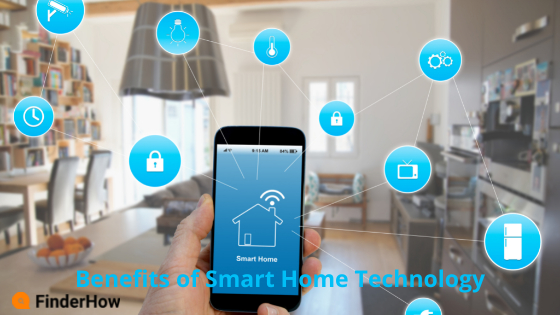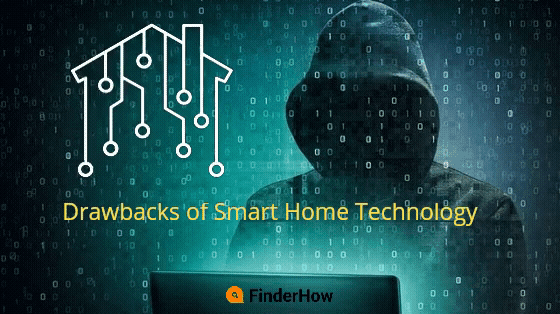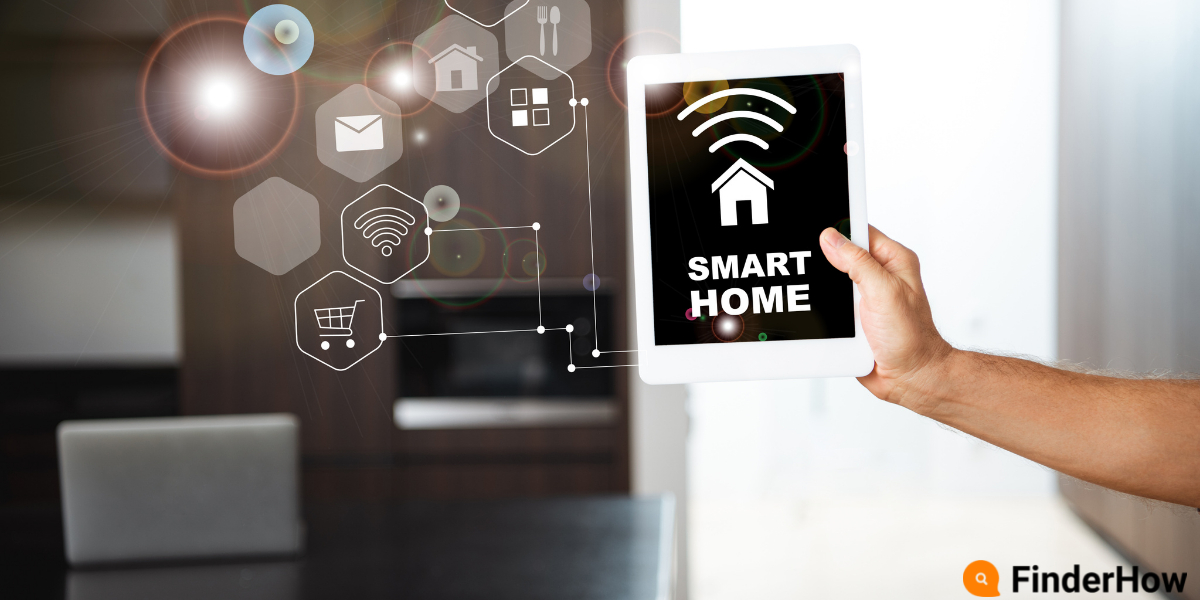How Smart Home Technology is Revolutionizing Our Lives
Smart home technology has been around for a while, but it’s only in recent years that it’s become more accessible and affordable. From voice assistants to smart thermostats, these devices are changing the way we live our lives. In this blog post, we’ll take a closer look at what smart home technology is, how it works, and its benefits and drawbacks.
Imagine waking up in the morning to the sound of your favorite music playing, the blinds opening automatically to let in natural light, and the smell of freshly brewed coffee wafting through your home. This may sound like something out of a science fiction movie, but with smart home technology, it’s becoming increasingly possible.
What is Smart Home Technology?

Smart home technology refers to the integration of various devices and systems that allow you to control and automate your home’s functions through a centralized system or mobile app. With smart home technology, you can control everything from your lighting and temperature to your security system and appliances.
Types of Smart Home Technology
1. Voice-activated assistants
2. Automated lighting systems
3. Smart thermostats
4. Security systems
5. Smart appliances (e.g., refrigerators, ovens)
6. Entertainment systems (e.g., smart TVs, home theater systems)
7. Automated window treatments
How Does Smart Home Technology Work?
Smart home technology works by connecting devices to a central hub or network that can be controlled using a smartphone app or voice commands. The devices communicate with each other using wireless signals such as Wi-Fi or Bluetooth.
Benefits of Smart Home Technology

- Convenience: With smart home technology, you can control your devices from anywhere in the world using your smartphone or voice commands.
- Energy Efficiency: Smart thermostats can help you save money on your energy bills by automatically adjusting the temperature based on your preferences and schedule.
- Security: Smart security cameras and doorbells allow you to monitor your home from anywhere and receive alerts if there’s any suspicious activity.
- Accessibility: Smart home technology can make it easier for people with disabilities to control their devices and live more independently.
Drawbacks of Smart Home Technology

- Privacy and Security: With more devices connected to the internet, there’s a greater risk of hacking and data breaches.
- Cost: Smart home technology can be expensive, especially if you want to automate your entire home.
- Compatibility: Not all smart home devices are compatible with each other, which can make it difficult to create a cohesive system.
Conclusion:
Smart home technology is changing the way we live, work, and interact with our homes. With its many benefits, it’s no wonder that more and more homeowners are adopting this technology in their homes. Whether you’re looking for convenience, energy savings, increased security, or improved comfort, smart home technology has something to offer. Start by researching different types of smart home technology and determine which ones will meet your needs and goals. Then choose a centralized system or mobile app to control your devices and start enjoying the benefits of a smarter living!




